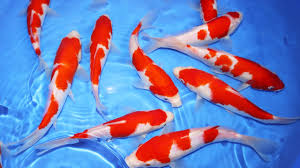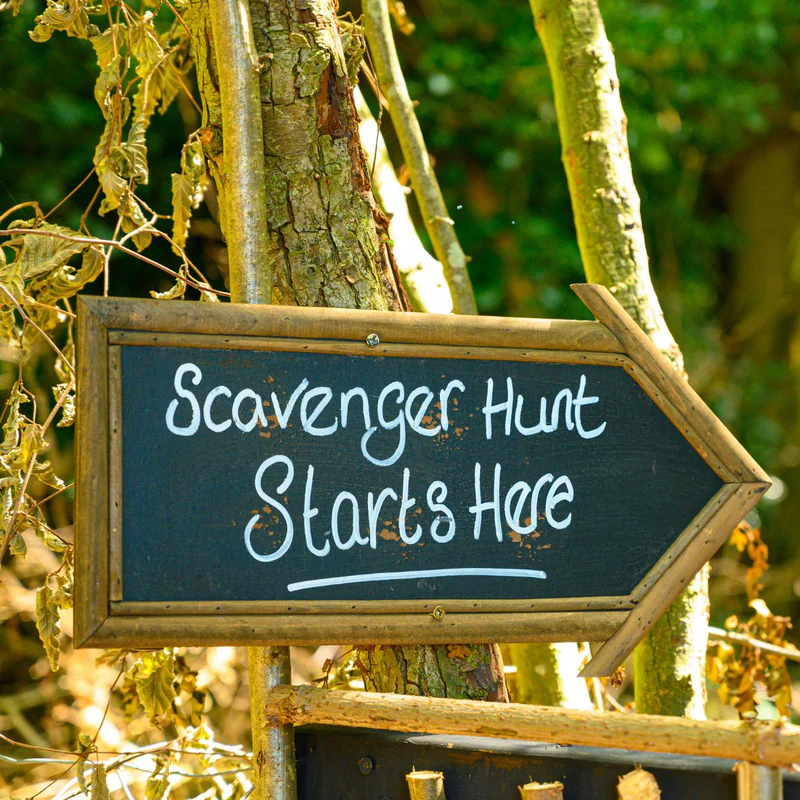
Koi Carp
Conditions of detention
Koi carp require a large, well-maintained outdoor pond to thrive. The pond should have a minimum depth of 3 feet (0.9 meters) to protect them from predators and provide a stable environment throughout the year. Ideally, the pond should be at least 1,000 gallons in size, depending on the number of Koi. The water should be kept clean and well-oxygenated, with a temperature range between 59-77°F (15-25°C). Filtration systems, aerators, and regular water changes are essential to maintaining water quality.
Useful Fact: Koi carp can grow quite large, often reaching lengths of 2 to 3 feet (60-90 cm), so they require ample space to swim and thrive.
Nutrition and diet
Koi are omnivorous and require a balanced diet that includes a mix of commercial Koi pellets, fresh vegetables (like lettuce, peas, and watermelon), and occasional protein sources like earthworms or shrimp. During the warmer months, they are more active and require more frequent feeding, while in colder temperatures, their metabolism slows, and they eat less.
Useful Fact: Feeding Koi high-quality food that is rich in carotenoids can enhance their color vibrancy and overall health.
Health
Koi carp are generally hardy but can be susceptible to a variety of diseases, including parasites, bacterial infections, and fungal diseases, especially if water quality is poor. Regular monitoring of water parameters and maintaining a clean environment are crucial to preventing health issues.
Useful Fact: Quarantining new Koi before introducing them to the pond can help prevent the spread of diseases and parasites to your existing fish.
Grooming and care
Koi do not require grooming, but their environment needs regular maintenance. This includes cleaning the pond, managing algae growth, and ensuring the filtration system is working efficiently. Regular water changes are also important to keep the water clean and healthy.
Useful Fact: Adding aquatic plants to your Koi pond can help manage nitrate levels and provide shade, which is beneficial for Koi during hot weather.
Education and training
Koi are intelligent fish and can be trained to recognize their owners and even eat from their hands. They can learn to come to the surface when called, especially if they associate it with feeding time.
Useful Fact: Koi carp can live for several decades, with some even reaching over 50 years of age when well cared for, making them long-term companions.
Toys and entertainment
Koi are naturally curious and enjoy exploring their environment. They benefit from a pond with varying depths, ledges, and aquatic plants. Floating toys or treats can also provide enrichment.
Useful Fact: Installing a waterfall or fountain in your Koi pond can create water movement that Koi enjoy swimming through, and it also helps to oxygenate the water.
Safety
Koi ponds should be protected from predators like birds, raccoons, and cats. Installing netting or providing hiding places like underwater caves can help protect Koi from predators. Additionally, ensure that the pond is properly fenced or covered if it’s in an area accessible to children.
Useful Fact: Koi can jump, so ensuring that the pond has secure, high edges or a net cover can prevent them from accidentally jumping out of the pond.
Accessories
Essential accessories for a Koi pond include a high-quality filtration system, an aerator, and pond plants that provide shade and natural filtration. Additionally, consider a pond heater if you live in a region with harsh winters.
Useful Fact: UV clarifiers can be added to the filtration system to control algae growth, keeping the water clear and reducing the risk of disease.
Socialization
Koi are social fish and thrive in groups. They are generally peaceful and can be kept with other large, non-aggressive fish species. However, be mindful of overcrowding, which can lead to stress and poor water quality.
Useful Fact: Koi are often bred for their specific colors and patterns, so having a variety in your pond can create a visually stunning display.
Travel and Transportation
Transporting Koi requires care due to their size and sensitivity to water quality changes. They should be transported in large, oxygenated containers with water from their original pond. It’s important to minimize stress during transport by keeping the container in a dark, stable environment.
Useful Fact: When transporting Koi over long distances, adding a small amount of aquarium salt to the transport water can help reduce stress and prevent the buildup of harmful ammonia.
Behavior and psychology
Koi are known for their calm and peaceful behavior. They are curious and enjoy interacting with their environment and owners. Koi are also known to establish pecking orders within their group, but this behavior is typically mild and non-aggressive.
Useful Fact: Koi carp can recognize their owners and may come to the surface when they see you, especially if they associate you with feeding time.
Legal aspects
There are generally no significant legal restrictions on owning Koi, but it’s important to ensure they are kept in a secure and appropriate environment. In some regions, there may be restrictions on importing certain varieties of Koi due to concerns about invasive species or disease.
Useful Fact: In some areas, Koi keeping is subject to regulations regarding pond size and water usage, so it’s important to check local laws before setting up a Koi pond.


